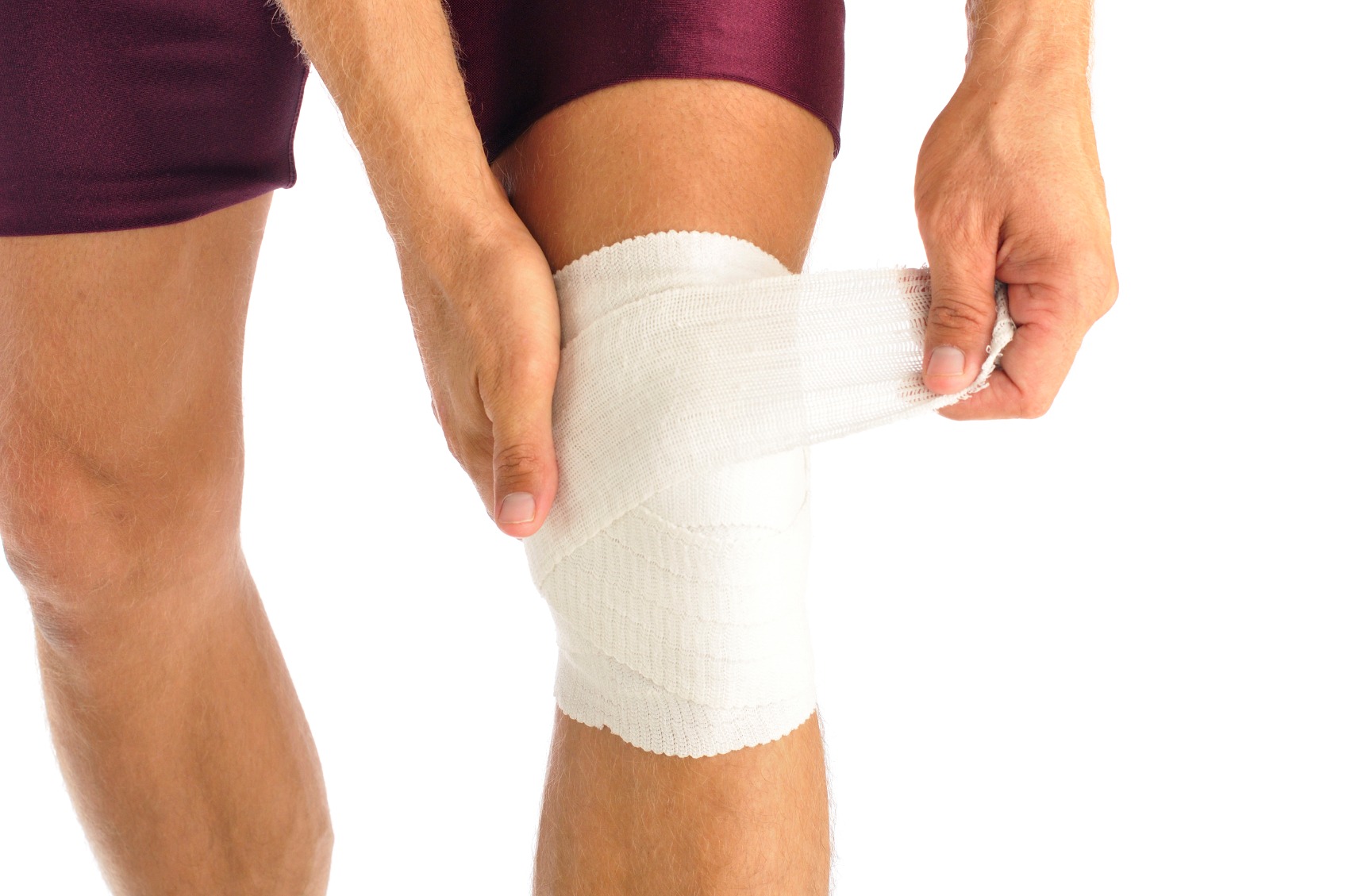
“Come Back When You’re Ready for Surgery…”
Have you or someone you know ever heard these words?
Did you know that there are non-surgical options to permanently alleviate knee pain, improve movement, function and quality of life? If you are experiencing knee pain secondary to wear and tear (osteoarthritis) there’s a good chance that surgery is not your only option.
Non-surgical options offered by Dr. Chappell:
Bone Marrow Cell Therapy | Platelet Rich Plasma (PRP) | Prolotherapy
Regenerative injections are a rapidly emerging technique and are showing exciting potential where surgery was once the only option. Painful conditions frequently treated with regenerative injections include osteoarthritis, knee, shoulder, hip and spine, rotator cuff tears, plantar fasciitis, anterior cruciate ligament (ACL) injuries, hip/pelvic pain and instability, back and neck injuries, tennis elbow, golfers elbow, ankle sprains, tendonitis, and ligament sprains/laxity.
The basic intent of regenerative injections is to intentionally create a small inflammatory response. This is accomplished by injecting growth factors or mildly irritating solutions which result in the recruitment of healing growth factors to the area of injury and pain.
Pop Quiz:
By looking at the x-rays below, can you tell which patient has more pain and dysfunction?
Give yourself a point if you determined that the x-ray is of a knee and the knee on the right has a significant amount of degeneration (osteoarthritis), as seen by narrowing of the joint space. Logically you may assume that the bad looking knee is also the one with more pain.
Recent studies show that knee pain, stiffness, and duration of disease are more predictive of dysfunction than x-ray. Therefore, it is better to consider a person’s functional status in addition to radiological findings while planning the treatment of knee pain.
This same process is also carried over to all other joints in the body. The trick is in determining the main pain generator. So if the bony changes seen on x-ray are not the cause of pain, what is? Theoretically, if I were to make a small incision on the inside of your knee there are several structures that I would pass through on the way to the bone. These may include, skin, subcutaneous tissue (fat), muscle, tendon, ligament, capsule, cartilage and finally bone. So when a patient points to the inside of their knee to describe their pain, it could be a number of anatomical structures that they are pointing at and only one or two of them possibly could be helped by surgery. This is why determining the main pain generator is key. Using this as an example there are several non-surgical options that we offer to locate and address the pain.


